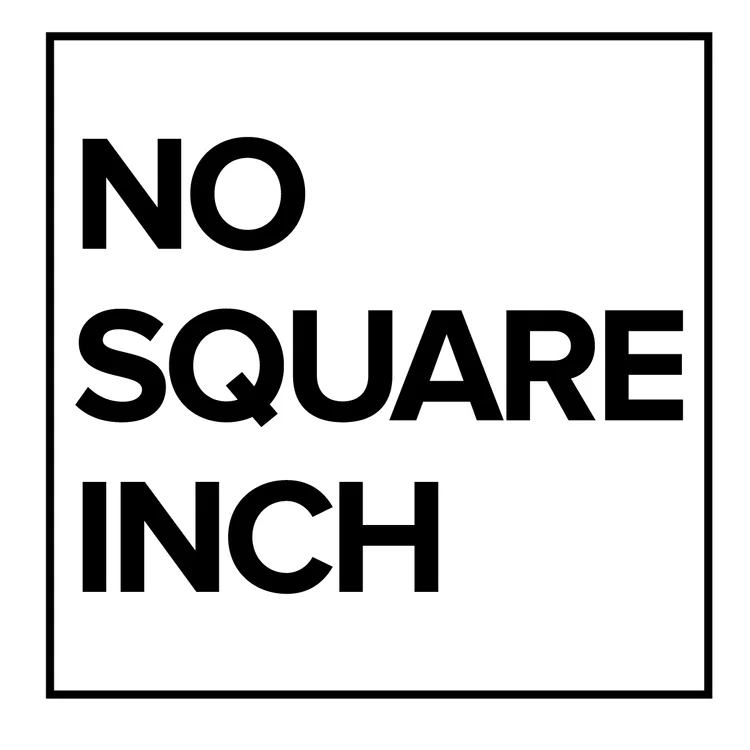"My iPhone keeps telling me it's out of storage and I can't take any photos of my kids. What am I supposed to do?"
"My printer won't print."
"I've been thinking about buying a baby monitor but they all seem so expensive and I don't know what they do."
"I want to buy my son a tablet for Christmas, but I'm not sure if I should buy an iPad or a Kindle or a Fire or something else. What's the difference? Should i just buy the cheapest one?"
That's just a collection of the questions I've received in the past month, and each of them share a common thread: we're confused by our technology.
Technology is applied scientific knowledge for practical purposes. To say it another way, really smart people come up with stuff that is supposed to make our lives better, and not worse. It's supposed to enhance our lives, not detract from it. In an ideal world, that's what all of our electronics and gadgets are supposed to do–provided we know how to use them.
And that's the problem.
Technology companies want to sell you on what a product can do. They want to focus on the promise of technology. "Imagine your life if you had this product!" But there is a difference between the promise of technology and the applied use of technology. Technology can only do what it's supposed to do when it's appropriately utilized or applied; in other words, when the end user controls it in the appropriate way. If we are confused by our technology, or simply not using it in the best way, the technology ends up controlling us, and not the other way around.
Here's an example. One promise of an iPhone is that you can take phenomenal pictures using just the device that's already in your pocket. Go check out the product page for the iPhone 7. Beautiful. And you could take photos like that, too, if you had an iPhone 7. That's the promise.
The application of that promise, however, is the real challenge. How much memory does a 12 megapixel photo like the ones taken by the iPhone 7 actually take up on your phone? Not to mention, what's a megapixel anyway? What about a 4k video? What do you actually want to do with those pictures/videos after you take them? Are they going to just remain indefinitely on your phone? And if they are, how are you going to make sure they are safe? What if you drop your phone in the toilet or in the pool? How do you get those beautiful photos anywhere else besides your phone?
The promise is amazing, and when used properly, it fulfills expectations and enhances your life because you get some amazing pictures of your family like these.




Remember that first picture you took with your smartphone? It blew you away that a phone could do that. And it was so easy. You were controlling your technology!
But then your phone ran out of space and you couldn't update/install apps/take pictures or do much of anything because it just kept telling you that the storage was full. All. The. Time. And now, you are no longer controlling your technology, it is controlling you. It is dictating to you what can and can't be done. The phone is in charge of you, and it is no longer enhancing your life, it is detracting from it.
It's not the phones fault. It's doing what it promised. And it's not your fault, either. It's just that no one ever told you how much memory is required by a 12 megapixel photo or 4K video.
That's what I'm hoping to change. Most technology sites focus on what the product can do–phones, tablets, cameras, etc. I want to focus on how you can use the technology to your advantage, so that you control your technology, and it enhances your life.
That's what "tech for the rest of us" is all about.
Feeling controlled by your technology? Email me and I'll help you figure out how to regain control.

